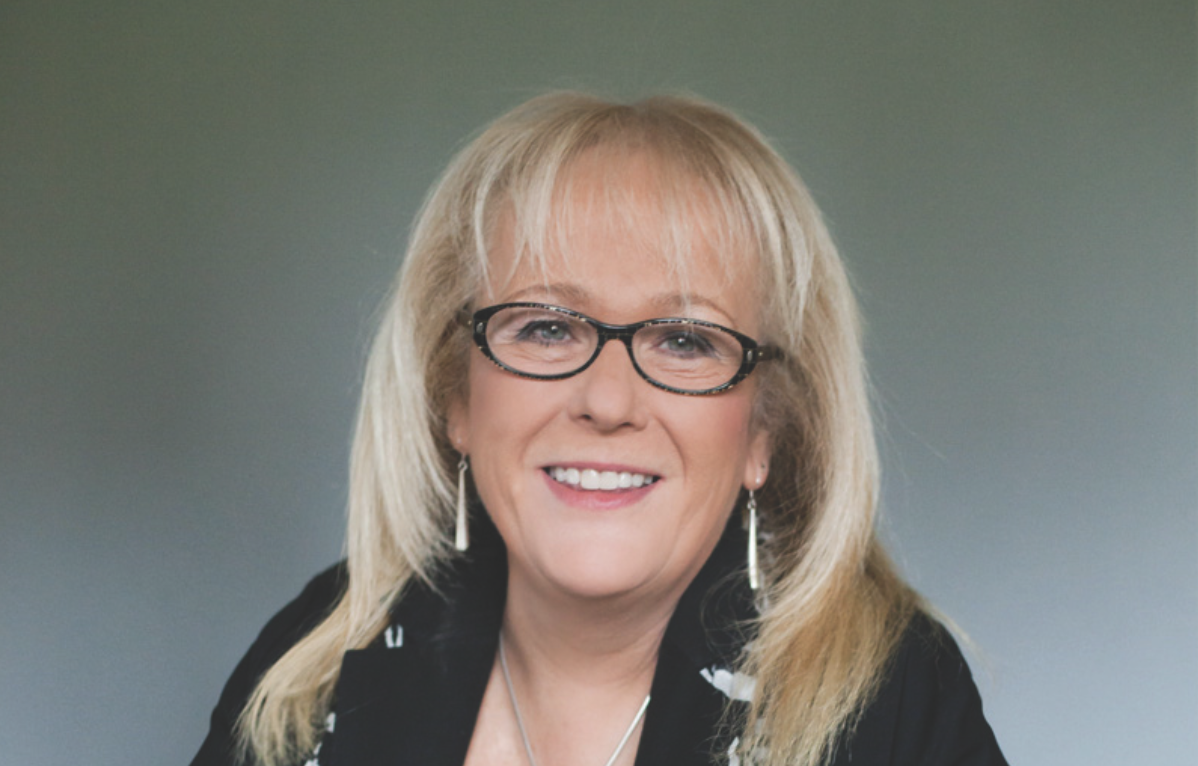Leaders’ priorities are changing for the better, writes Kate Cooper
People are back in fashion. The priorities of business are shifting from compliance with rules and regulations to the needs of human beings. If there is one good thing to emerge from this pandemic, it’s organizations’ slow realization that trusting people is possible – and delivers huge benefits.
Focusing on people is becoming more widely recognized as good business sense. Some organizations have long known that commercial performance is improved by a people-focus – and have implemented it. Others have realized it but have been slow to adopt it. A third group have failed to even understand it. Too often, a people-focus has been an ambition rather than a reality – yet there is evidence that the tide is finally turning.
Future Trends in Leadership & Management – Shifting Priorities, a report from my own organization, the UK’s Institute of Leadership & Management, found that innovation will soon trump the perennial corporate favourites of compliance and saving money. Simultaneous with this seminal shift is a move away from a profit-focus to a people one: while only 16% of private sector organizations place people before profit now, 20% expect to do so in the next five years. The trend indicated by the data reflects the changing rhetoric: hearing chief executives of major corporations explain their change in focus became almost commonplace in recent months.
But what links the two shifts? How is the drive for innovation connected to the focus on humanity? The answer might lie in an important change in practice brought about in an extraordinary year. When people work in solitude, they work differently. Not too long ago much project work was prefaced by preamble and prelude. Several millions of square feet globally were allocated to Gantt charts showing whether something was to be done, when it would be done, and by whom. In the splendid isolation of their own space, people subtly switched from arranged, to agile. With the new imperative of ‘keeping on’, people just got up and did things, then reflected afterwards on whether or not they worked. Within organizations, decisions were made at warp speed. At Duke Corporate Education’s recent Davos of Human Capital, Shelie Gustafson, chief human resources officer at Jacobs, memorably testified that “2020 was VUCA on steroids”. Key decisions, she said, were being made in five minutes. “We had to get comfortable with the 80% solution,” she added. Gustafson was speaking of her own organization, but she channelled the views of leaders everywhere: in a crisis, a refreshing spirit of experimentation and individual endeavour is born. Agile’s compelling spirit – ‘Let’s see what we can do by doing things’ – has suddenly become embedded in organizations.
Calls for a more compassionate style of management, a greater acceptance of bringing one’s whole self to work, are nothing new. What has changed is that fine words are becoming good acts. The well-documented shifts in how we relate to people when we’re able to see their full selves in their homes – being interrupted by dogs, children and deliveries – granted leaders a visceral understanding of others’ situations. This rapidly built trust, and trust is a powerful catalyst for change. Once trust is invested in people, more things become possible. Faster, agile working can quickly develop into normal practice.
Leaders’ twin focus on innovation and people is hardly a coincidence: one is triggered by the other. Indeed, it is barely possible without it. That the two shifts have occurred together should not surprise us, but they are very welcome nevertheless.

